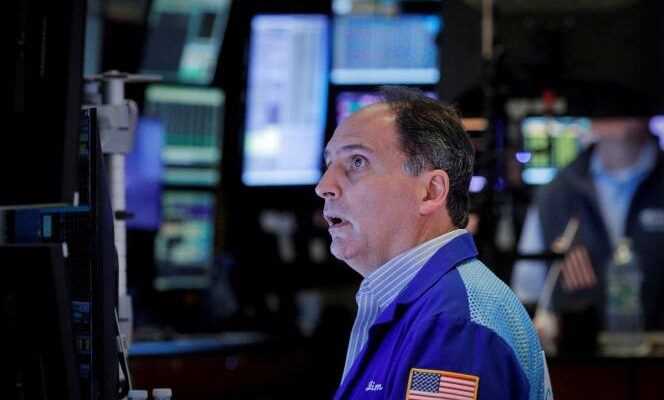When the statistics for the month of August were published across the Atlantic, political and economic leaders sought to reassure themselves: the poor unemployment figures (366,000 job creations) would be compensated for the following month, with the return to the work of the Americans after the start of the school year. Inflation seemed to have peaked.
This is not the case: the employment data was catastrophic in September, with only 194,000 jobs created, while inflation rose to 5.4% over one year against 5.3% the previous month , said the Ministry of Labor, Wednesday, October 13. Excluding energy and food, prices are up 4%, as in August. The trouble is that this increase refers less and less to the low point of the Covid-19 pandemic, when prices for tourism and services were sold off, and that it seems more persistent than expected.
The United States, hit hard by the health crisis, are facing a supply shock and cost inflation. This first concerned raw materials, in particular lumber, while citizens wanted individual houses. Then came a semiconductor shortage, which forced the auto giants to cut production, causing second-hand car sales to skyrocket.
Economic ups and downs
To this have been added the increases in transport costs, due to the congestion of global maritime traffic, from Panama to Shanghai, via Los Angeles, but also the lack of truck drivers and professionals in the airlines. . Finally, energy prices have jumped (+ 25% over one year). Sectors are affected, admittedly temporarily – the prices of wood, used cars, semiconductors, air transport are declining – but the surge concerns the entire economy. It affects more sustainable components, such as rents. Almost half of SMEs plan to pass their price increases on to their prices.
Until now, wages have been contained. As long as there was no inflation-wage spiral, economists explained that there was no need to worry, even if some, like Jason Furman, professor at Harvard and former adviser to Barack Obama, noted that this resulted in a loss of purchasing power. September’s figures could mark a change, as nominal hourly wages rose 5.5% year-on-year, down from 4.8% in August.
You have 52.75% of this article to read. The rest is for subscribers only.
